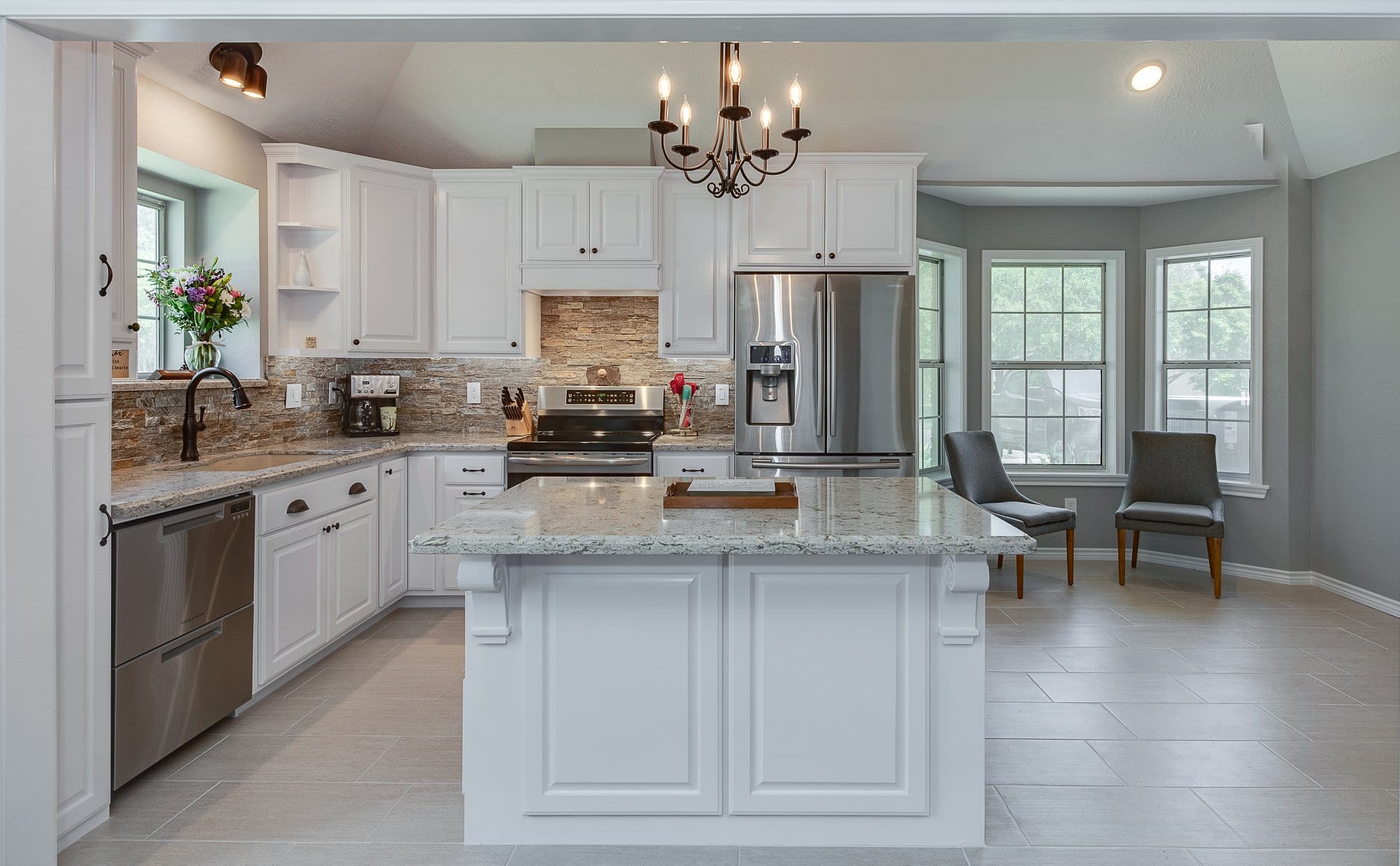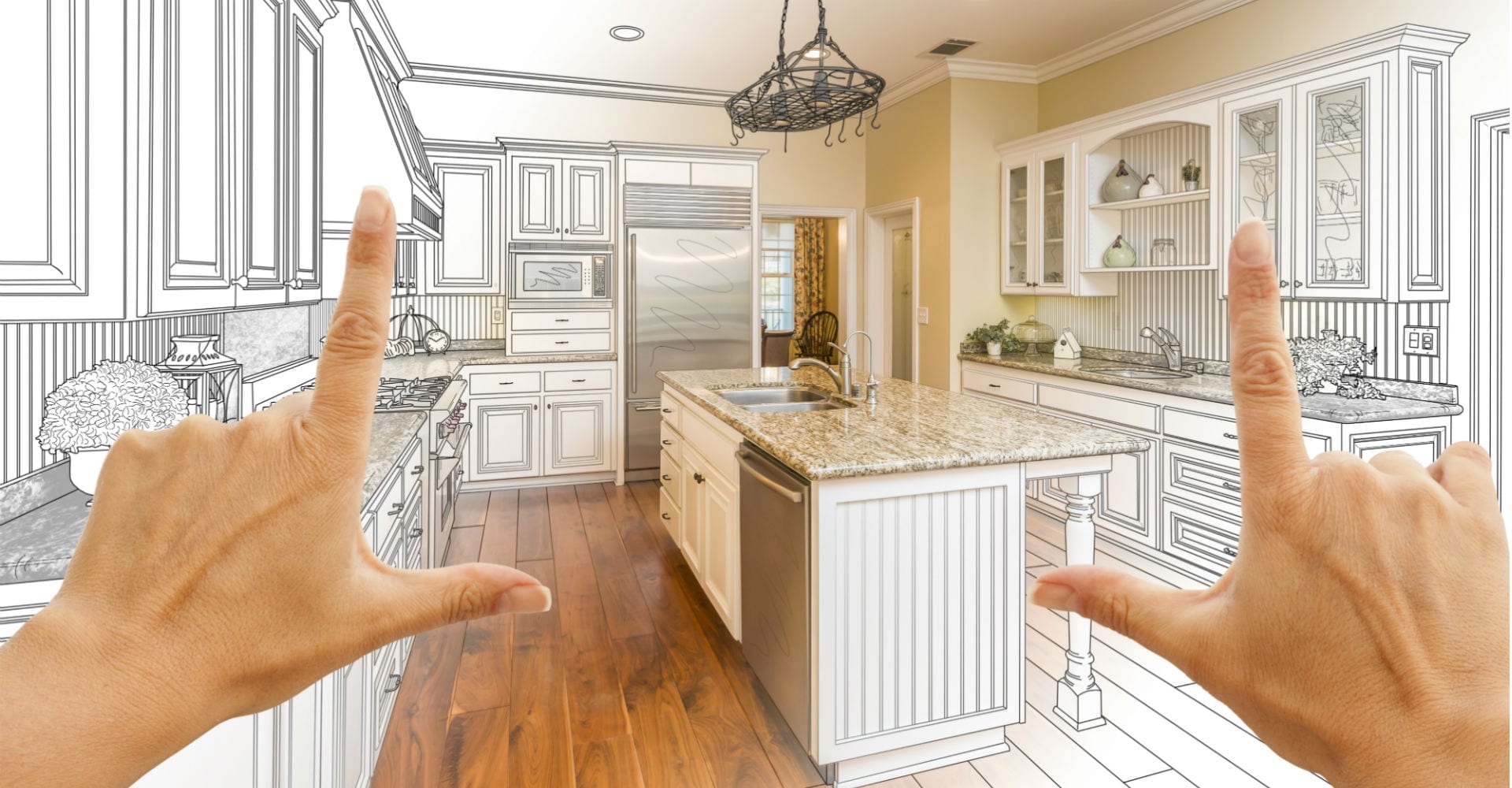Home ventilation is a fairly new concept. Sure we have been putting vent hoods over stove and fans in bathrooms for a long time, but this was only to control source issues and not whole house ventilation.
Central heating and air conditioning significantly changed the dynamics of our homes. But it was not until we became more concerned with the cost of energy and its impact on the planet that we started to become more astute about ventilation. This was largely because we realized that air leakage was as important as insulation in maintain comfort and we started making our homes much tighter.
Our homes are full of toxins and depend on a certain amount of ventilation to be safe. Because these toxins are not seen, it is difficult to imagine the harm that they do. Many of the materials that are used in the construction of a home contain known carcinogens. Most folks also use pesticides in their home as well as cleaning products that contain toxic chemicals. Also of concern are the contagions of common sicknesses such as colds. In a tight house with inadequate ventilation these things can build up causing both short and long term health problems.
Proper ventilation is a complex issue. First you have to decide the proper amount of ventilation that is needed for a home taking into account many variables such as the number of people likely to be in the home, the cubic area of the home, the number of bathrooms, combustion equipment, etcetera. Next you have to decide how that ventilation is going to be supplied. Will a fan force air into the house or out of the house or will there be a balanced system such as an energy recovery ventilator (hot humid climate) or a heat recovery ventilator (cold dry climate.)
There have been a lot of changes in modern codes trying to deal with the many aspects of ventilation. These are some of the more complicated code issues and, in my opinion, they are a long way from having it right. There are some very specific and precise calculations that fail to take major variables, such as combustion, into account.
We have smart cars and smart phones. It is time for smarter ventilation. This seems, to someone who is not an engineer, like it ought to be easily accomplished. Currently, as far as I know, there is not a whole house ventilation system that treats the house as a dynamic pressure system. The demands for air supply change throughout the day. This happens subtly when the wind changes direction or speed. It changes much less subtly every time an exterior door opens, a bath or kitchen fan goes on or the clothes dryer is running.
There are two main variables that can be controlled to deal with changes in pressure: the speed of the fan on the ventilation system and dampering on the exhaust duct. There are many relatively inexpensive devices that will measure pressure in a house. How hard would it be to let that information regulate a damper? It has to be easier than getting my phone to give me directions in a sexy voice.









